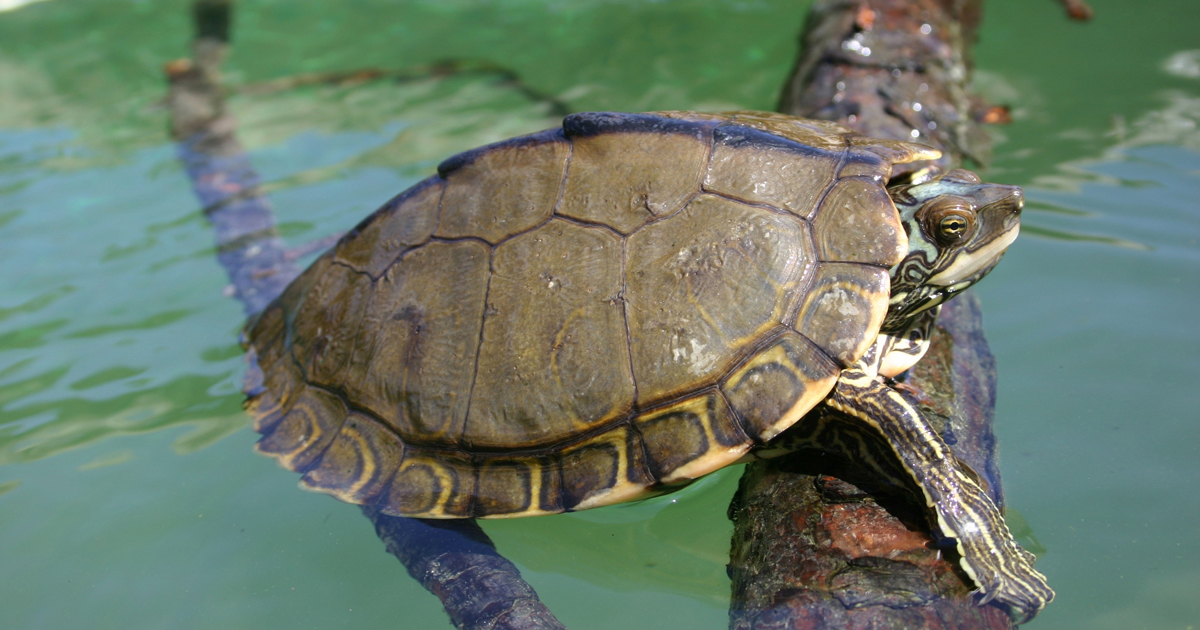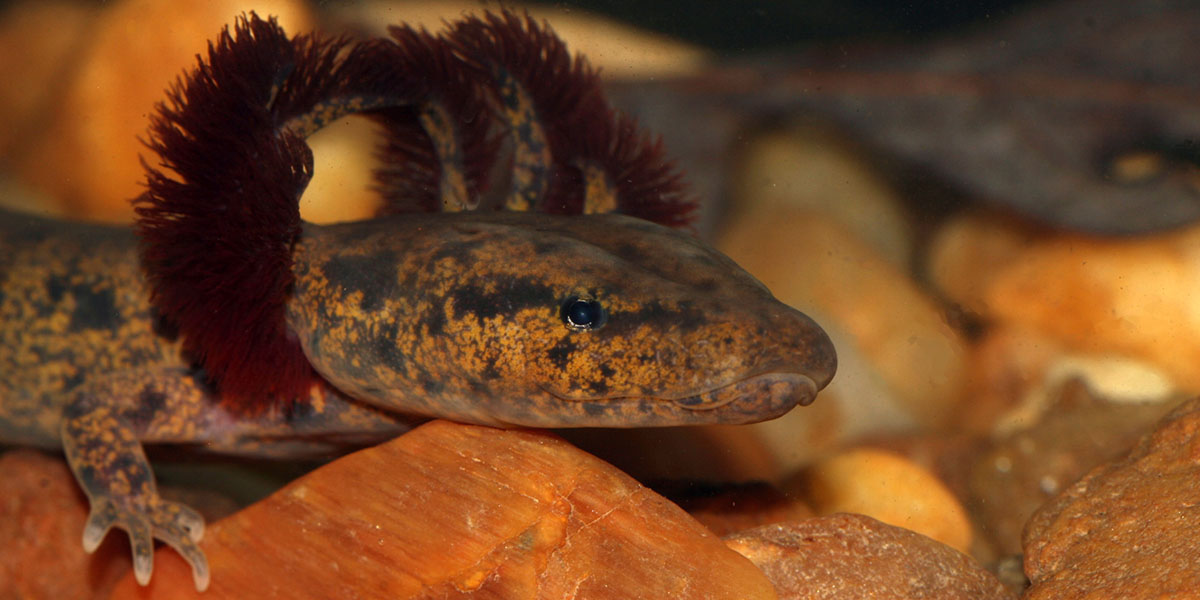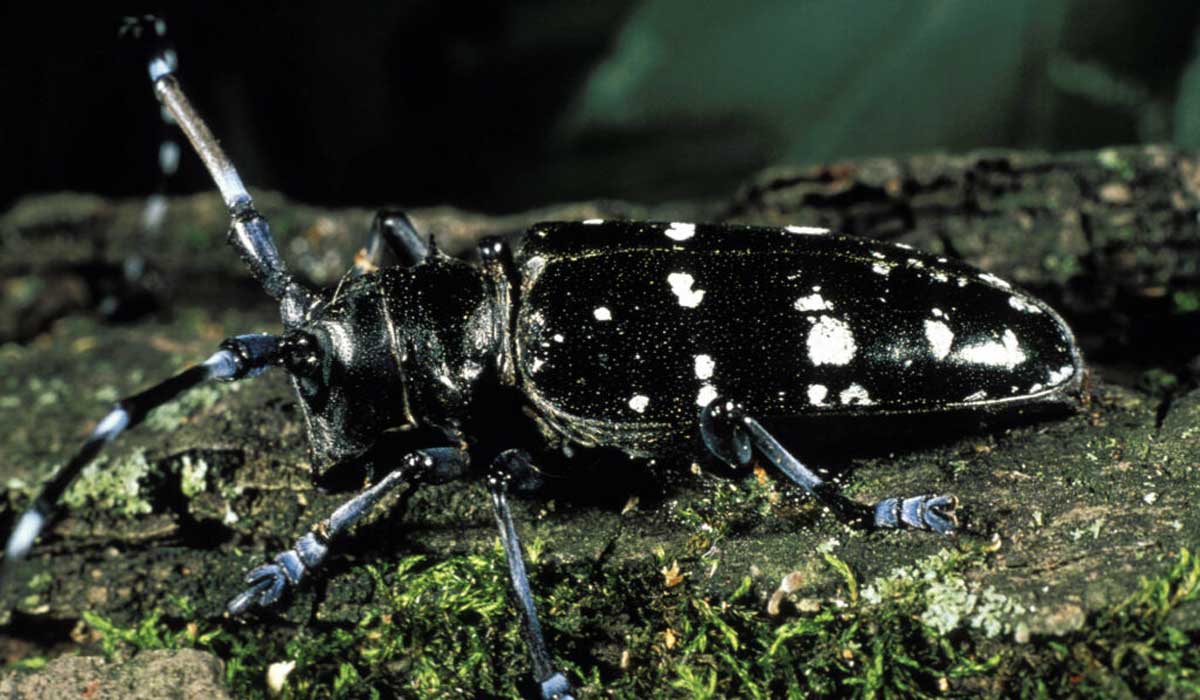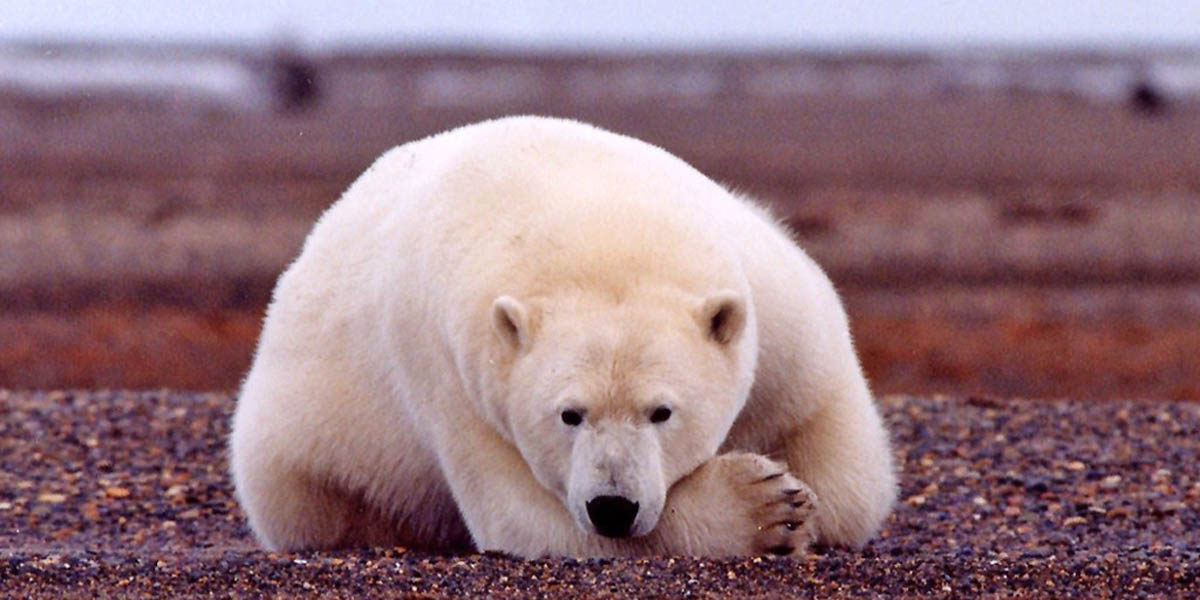Petition Filed to Save Cook Inlet’s Last Belugas
With only 279 Cook Inlet beluga whales left on Earth, the Center for Biological Diversity and three other groups just filed a legal petition demanding the federal government stop letting oil companies and others harm and harass them.
Thanks to previous work by the Center and allies, the belugas have Endangered Species Act protection and more than 3,000 square miles of protected habitat in Alaska’s Cook Inlet — which is already full of pollution, shipping, oil drilling and other threats. Still, NOAA Fisheries keeps handing out “take” permits letting industry and others disrupt their navigation, breathing, breeding and feeding. Scientists warn that if their population drops to 200 individuals, it may never recover.
“Five years after releasing a recovery plan for this imperiled population, the government is still authorizing death by a thousand cuts against mounting expert advice,” said attorney Julie Teel Simmonds with the Center, which filed the first petition to protect the belugas in 1999. “The Biden administration needs to fix this broken system or we’ll lose these extraordinary, charismatic white whales forever.”
Help us save belugas and other dwindling species with a gift to our Saving Life on Earth Fund.

Court Rules Tejon Ranch Case Can Proceed
A judge just ruled that the Center and allies can move forward with our lawsuit against a 19,000-home development proposed for Los Angeles County’s beautiful, biodiverse Tejon Ranch. This stretch of more than 270,000 acres is already home to California condors, San Joaquin kit foxes and other endangered species — and it has repeatedly been torched by large wildfires.
“The court knows this project ignored the risks of building in a high wildfire hazard zone and shirked responsibility to reduce harmful greenhouse gas emissions,” said Center lawyer J.P. Rose. “These threats to public safety and the environment call the entire Centennial project into question.”

Pearl River Map Turtles Need Your Help
Thanks to a Center lawsuit, the U.S. Fish and Wildlife Service has proposed protecting Pearl River map turtles under the Endangered Species Act. It’s a step in the right direction, but the proposal lets water pollution, pesticides and other activities harm the turtles and doesn’t designate much-needed protected habitat. Nicknamed “sawbacks” for the spiky ridges along their backs, the turtles live only in creeks and rivers within the Pearl River drainage in Mississippi and Louisiana.
Tell the Service: Do more to protect these lovely little turtles and the waters they call home.
Real Pandemic Prevention Includes Saving Wildlife
With the next pandemic predicted to hit within a decade, we need preventative action globally — and in the United States — including curbing wildlife trade and habitat destruction. On Covid’s two-year U.S. anniversary, the Center’s Tanya Sanerib takes to Medium to explain the reasons, the costs and the solutions.
Our Lawsuit to Save the Home of Arizona Species
Arizona’s Agua Fria National Monument was designated to protect riparian forests, grasslands and a diversity of wildlife — including imperiled species such as Sonoran pronghorns and yellow-billed cuckoos. The monument is supposed to receive certain safeguards from grazing, but federal officials have let cattle run rampant, destroying habitat by filling waterways with manure, trampling streambanks, and eating vegetation down to the roots.
So last week we sued the Bureau of Land Management to make it do its job.
“The BLM’s decision to allow cattle to destroy these spectacular streams endangers rare wildlife, contradicts the monument’s conservation purpose and violates the Endangered Species Act,” said the Center’s Chris Bugbee. “The agency must remove the cattle immediately.”

Suit Scores $32.6 Million for North Carolina Species
Thanks to a Center lawsuit against a highway construction project, North Carolina’s Department of Transportation has spent $21.35 million in the past two years to protect habitat for imperiled aquatic species and fund a new captive-breeding facility for endangered freshwater mussels and magnificent ramshorn snails. By 2022’s end, the department will put $11.3 million more toward freshwater mussel conservation research and restoring endangered mussels and salamanders to habitats where they’ve disappeared.
“This $32.6 million will be lifesaving for Neuse River waterdogs, Atlantic pigtoe mussels and the other unique, fascinating imperiled critters that help support North Carolina’s sensitive freshwater ecosystems,” said Center lawyer Perrin de Jong.

Nevada’s Anti-Public Lands Insurrectionists
What does the Jan. 6 Capitol siege have to do with public lands and endangered species? A lot, according to a new story from journalist Nate Hegyi.
With input from the Center’s Patrick Donnelly, Hegyi tells about the devastating effects — environmental and otherwise — of Nevada rancher Cliven Bundy’s militant opposition to federal regulation of destructive grazing. He writes, “Bundy and his family were some of the first prominent anti-government agitators of the 21st century, and Donnelly and other public lands activists believe their actions paved the way for other far-right uprisings in the U.S., including the January 6th takeover of the U.S. Capitol.”
Yet the Biden administration refuses to crack down on the Bundys’ illegal grazing. Read or listen to the piece for more.

Join Us: The Fight for the Future of Water
Freshwater habitats are at the leading edge of the extinction crisis globally, and the fight to save endangered wildlife in California’s rivers is urgent. Join our next Saving Life on Earth webinar on Thursday, Jan. 27, at 4 p.m. PT / 7 p.m. ET to learn about the San Francisco/San Joaquin Bay-Delta and how you can help save this special place.
We’ve teamed up with filmmaker Jacob Morrison to share their film River’s End, which reveals California’s complex struggle over who gets fresh water. It’s a story that heralds an impending crisis — not just in California, but around the world.
Sign up for the webinar and you’ll receive an email with links to stream the film and participate the webinar. Watch the film for free any time before Jan. 27, and then join us for a discussion and Q&A with the filmmaker and Center staff.

Revelator: Cargo, With a Side of Invasive Species
Global shipping is moving invasive species around the world, from plant pathogens to “murder hornets.” Can governments agree on necessary measures to save endangered animals and plants — and people — from these intruders?
Read more in The Revelator and subscribe to the newsletter if you haven’t yet.

That’s Wild: Polar Bears Populate Russian Outpost
An old meteorological station, built by Soviet scientists in 1934, sits in ruin on Kolyuchin Island in the Chukchi Sea, about 6 miles off the coast of mainland Russia. Surrounded by sea ice about nine months a year and abandoned by people 30 years ago, it looks like a tundral ghost town.
It does have spectral white inhabitants — but not ghosts. A recent photoshoot by photographer Dmitry Kokh shows polar bears rooming in the abandoned buildings, sunning on the tundra, and lumbering about through abandoned refuse.
Follow Us
Center for Biological Diversity | Saving Life on Earth
Photo credits: Cook Inlet beluga whale by Paul Wade/NOAA Fisheries; San Joaquin kit foxes courtesy USFWS; Pearl River map turtle by Cris Hagen, University of Georgia, Savannah River Ecology Laboratory; pangolin by Brett Hartl/Center for Biological Diversity; Agua Fria National Monument from screenshot of video by Center for Biological Diversity; Neuse River waterdog by Marc Hall/North Carolina Wildlife Resources Commission; Cliven and Ammon Bundy by Gage Skidmore/Wikimedia; River's End graphic used with permission; Asian longhorn beetle by James Applebee/USFWS; polar bear by Susanne Miller/USFWS.
Center for Biological Diversity
P.O. Box 710
Tucson, AZ 85702
United States




No comments:
Post a Comment